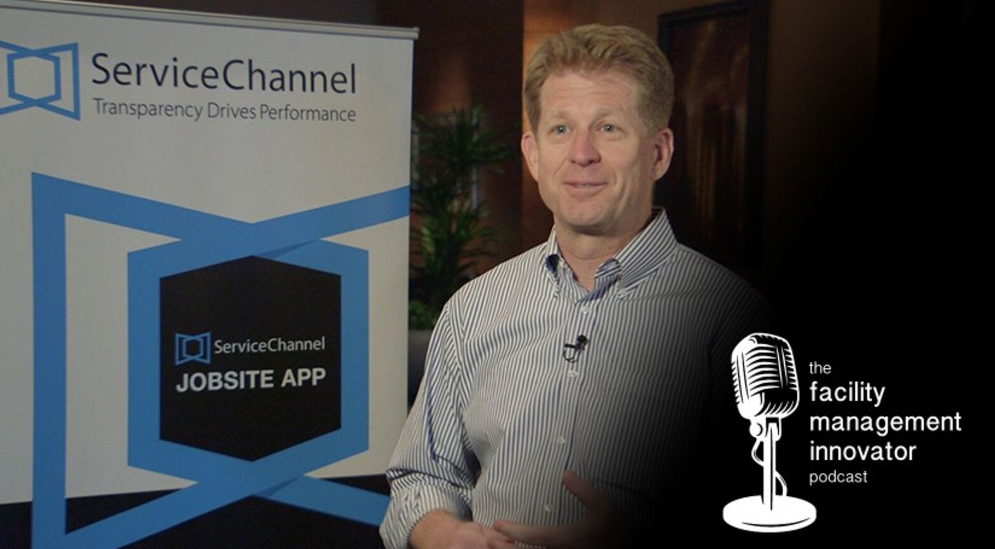How to Guarantee Project Success
I started working when I was 13 years old. I mostly held simple jobs like paper routes and cleaning houses. When I turned 16 years old, I started working at McDonald’s. It was the perfect job for me; and that got me started working in restaurants. For the next 13 years, I worked in a number of different restaurants as I worked my way up to district manager of casual-theme restaurants. In the 90’s, I made a career change and moved into I.T. One of the first things I noticed was how slow everything got accomplished. In restaurants you would have a new promotion or menu items weekly. It was introduced and sampled for lunch, and we were selling it that same day. The company would start a new inventory system; the managers would receive a memo; and the next day we were using it.
 In my new I.T. role, it was very frustrating to me to see projects take so long to roll out or get abandoned midway through the project. I have spent the last 15 years watching, learning, experimenting, succeeding, and failing with new projects.
In my new I.T. role, it was very frustrating to me to see projects take so long to roll out or get abandoned midway through the project. I have spent the last 15 years watching, learning, experimenting, succeeding, and failing with new projects.
I have had the opportunity to peer into many restaurants, retailers, and c-stores at the operations level and at the corporate level. I have developed an eye for project management; and I usually get the sense in about the first 5 minutes of whether a project is going to be a success or not; whether team members are going to embrace this new change or not; and finally whether the company is going to be better off for it. After participating in hundreds of projects, I believe it boils down to a few simple—but extremely important—elements.
Just to prime your pump, I want you to think about 2 projects / rollouts. What is the best project you have ever worked on? What is the biggest failure you have ever worked on? There are important things to learn from both. What do they have in common and what made them so different? I believe that vision and resistance are the 2 most important factors. Yep, that’s it. We hear people talk about vision all the time, but it is rare that companies have it. Even more rare is if your company has it at the top that they have it at the department level or, even further still, do they have it at the project level? My guess would be that when projects fail it is primarily due to a lack of vision, which is then met with resistance. I want to talk about both.
Andy Stanley talks about driving change within your organization in his book, Deep and Wide. He states that fighting the status quo is harder than you might think. There is a conspiracy to resist change; but it is not at the level you might think. It is your entire company—not just the people—but also your budget; your way of doing things, and that people take comfort in the known. Your entire company, at every level, is set in its routine. So when a new way of doing things is announced, it has to address the necessary changes at every level; and not just at the people level.
James M. Kouzes and Barry Z. Posner, authors of, The Leadership Challenge, say, “Any system will unconsciously conspire to maintain the status quo and prevent change.” It is a system problem. The company has a standard way of doing things, and it mostly works; so any change is not necessarily received as a solution. “Change is often perceived as an expensive interruption to something that is fine the way it is. An interruption with no guarantee at the end.”
Andy Stanley writes, “Your budget is organized around the way things are done. The staff is organized around the way things are done. Customers are organized around the way things are done. Everyone and everything is expecting things to be done the way they have always been done.”
Change is uncomfortable. If you don’t believe me tonight try brushing your teeth with your toothbrush in the other hand. The whole time you are thinking to yourself, “this feels weird,” and you want to go back to using your familiar hand.
Brute force will only work when you consistently and repeatedly lay the hammer down. For change to truly work, you have to remove resistance and create a path. The most common resistance factors I see are fear, uncertainty, and doubt. Your staff will resist if they fear their jobs are in jeopardy. This is particularly a challenge with new technology. I worked with a company that had some great people. However, one of their employees spent 8 hours a day collecting data and updating spreadsheets. The company wanted her to spend her time analyzing the data not just collecting it.
With technology, it is was now possible to push a button and retrieve all the data in 2 minutes what used to take her 8 hours. Because she was afraid her job would be diminished, she completely sabotaged the entire program. Not consciously but unconsciously, a great employee, she would never allow the program to do everything she did or make the changes so the system could do it. So, ultimately it failed. She still sits there plugging away 8 hours a day when they could be spending that time using that data instead of just collecting the data.
The most important thing in introducing and facilitating change is a clear vision. Does your project have vision? As a project lead this is the most important part of your job. Take some time and walk through it in your head. You will need to address what is wrong or outdated, and then paint a crystal clear vision for what is to come. A clear vision will need to inspire the team in a simple, portable way. Each meeting and discussion should restate this short vision statement as a way to set the stage for building the culture you desire.
When you unveil the project’s vision, it will be crucial to proactively address the 3 major forms of resistance: In Michael Hyatt’s blog, “How to overcome resistance,” he lists fear, uncertainty, and doubt as the areas where people stumble and fall the most often. As a leader, we need to anticipate these resistance factors and remove them so there is a clear path for your team to be creative and rise to the challenge.
- Fear will show up as procrastination. The best way to fight procrastination is to pick a start date as early as possible and stick to it.
- Uncertainty will show up as distractions. The best way to overcome distractions is to repeat the vision over and over. A compelling vision will go a long way here. The more you repeat the vision, the more your team will make decisions supporting the vision and not something new that just popped into their inbox. Lastly is doubt.
- Doubt will show up as unfinished work. When people are not finishing work, you need to address their doubts about why we are doing this and how they can help it be a success. If you don’t do this, your plans will quietly drift away until one day everyone realized we never got this project done. Finishing strong is often a result of the project leader cheering and encouraging everyone on, reminding them of how close they are to the finish line.
In Donny Deutsch’s book, Often Wrong but Never in Doubt, he challenges the reader to ask the questions, “Why not me? Why shouldn’t I succeed?” He stresses the importance of “believing it” as the most important step.
Next time you are working on a project, paint a clear vision for your team; repeat that vision as often as you can; and constantly remove the resistance factors of fear, uncertainty, and doubt. You will be amazed at how your team responds, and how successful your project will be. I guarantee it.
What are your own examples of how fear, uncertainty, and doubt have derailed or belabored projects?
Michael Moog
Convenience Store Specialist
Client Success Manager
ServiceChannel
[email protected]



